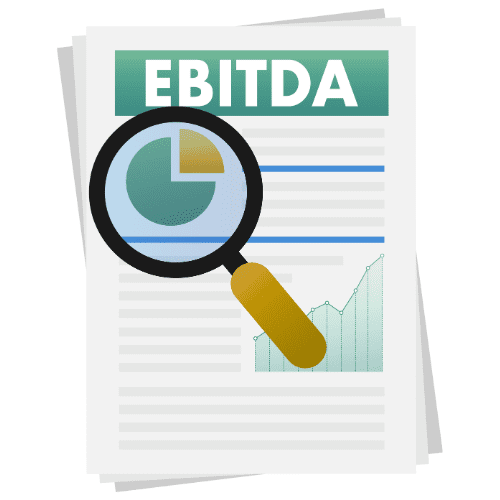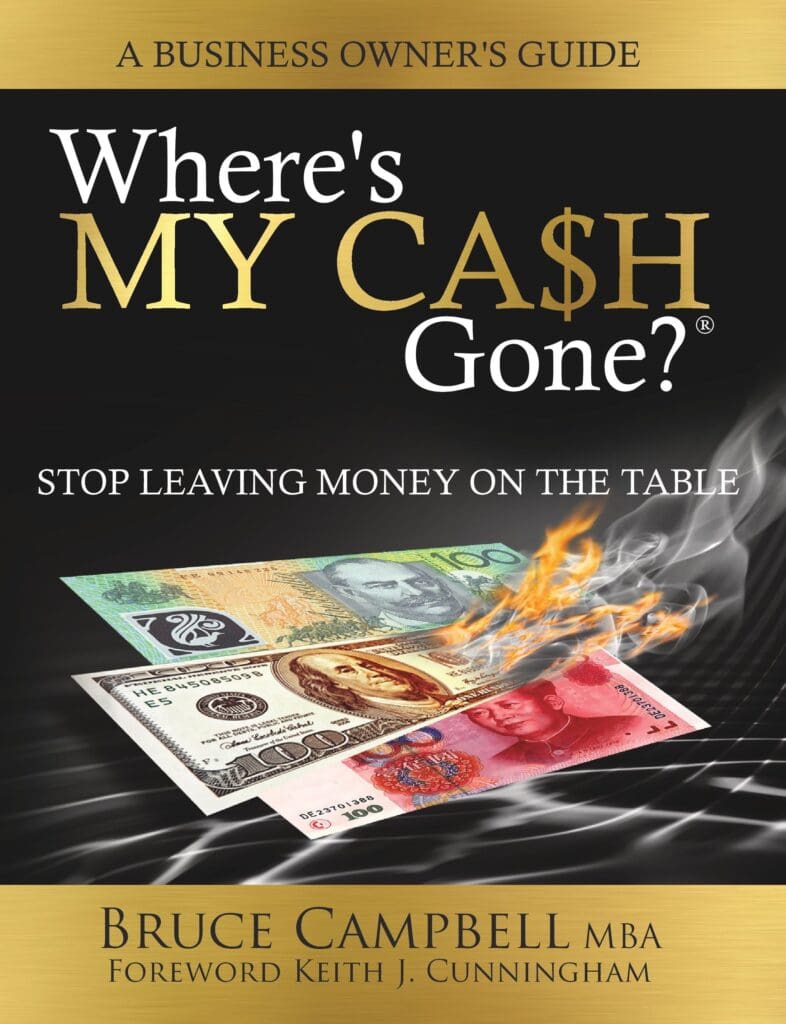How to Value Your Business: The Growth + Risk Multiplier Formula Every Owner Should Know
One of the most common questions business owners ask us is:
“What’s my business actually worth?”
It’s a fair question – and an important one. Whether you’re planning to sell, scale, or simply want to understand your asset’s value, knowing how business valuation works puts you in a position of clarity and control.
While there are many ways to value a business, one of the most common and widely accepted methods is:
EBITDA × Multiplier
Let’s break that down in plain language.
What Is EBITDA?
EBITDA stands for:
Earnings Before Interest, Tax, Depreciation, and Amortisation.
It’s a fancy accounting term – but here’s what really matters:
EBITDA is a clear, factual figure pulled directly from your Profit & Loss statement.
It’s your business’s net profit before certain financial costs and adjustments.
Because it’s objective and verifiable, EBITDA gives buyers and investors a baseline for measuring your business’s profitability.
But that’s only part of the equation.
What Is the Multiplier?
The multiplier is where the variables come in – and where your business value can really grow (or shrink).
Think of the multiplier as the lens through which your EBITDA is evaluated. It reflects two major factors:
1. Growth
-
Is your business growing year on year?
-
Are profits increasing?
-
Are you expanding your market, team, or customer base?
More growth = higher multiplier.
2. Risk
-
Is your business reliant on one key person (like you)?
-
Are your systems inconsistent or undocumented?
-
Is revenue unstable or customer concentration too narrow?
More risk = lower multiplier.
One of the most common risks we see?
Key Person Dependency—where the business can’t function without the owner.
If that’s the case, buyers see more risk, and your valuation takes a hit.
Quick Example: How This Affects Valuation
Let’s say we have two businesses:
| Business A | Business B | |
|---|---|---|
| Annual Sales | $600,000 | $900,000 |
| Net Profit (EBITDA) | $150,000 | $250,000 |
| Multiplier | 3x | 3x |
| Valuation | $450,000 | $750,000 |
Business B has more sales, more profit, and more growth.
With the same multiplier, its valuation is significantly higher.
And if Business B also has strong systems, low risk, and low owner dependency, the multiplier might go even higher – 4x or more.
Why This Matters
Understanding this principle gives you leverage:
-
You can improve your valuation over time by increasing profit, reducing risk, and building scalable systems.
-
You can position your business as a sellable asset—even if you’re not planning to sell yet.
-
And you can use that asset to create wealth in other areas of your life: property, investments, philanthropy, or legacy projects.
Key Takeaway for Business Owners
Profit + Growth + Low Risk = a Business That’s Worth More
If you want to increase the value of your business, don’t just focus on top-line sales.
Build:
-
Solid systems and processes
-
A clear succession plan
-
Reduced reliance on you as the owner
This is what separates a high-performing business from a high-risk one, and what gives you the freedom to build wealth beyond the business itself.


